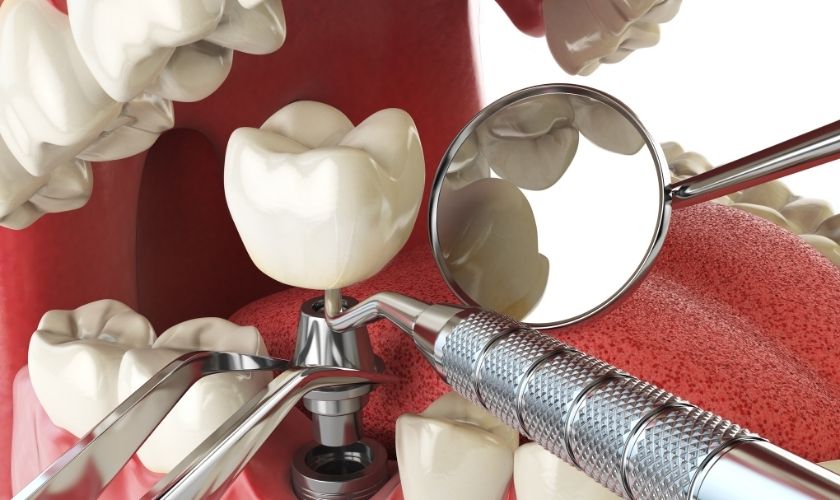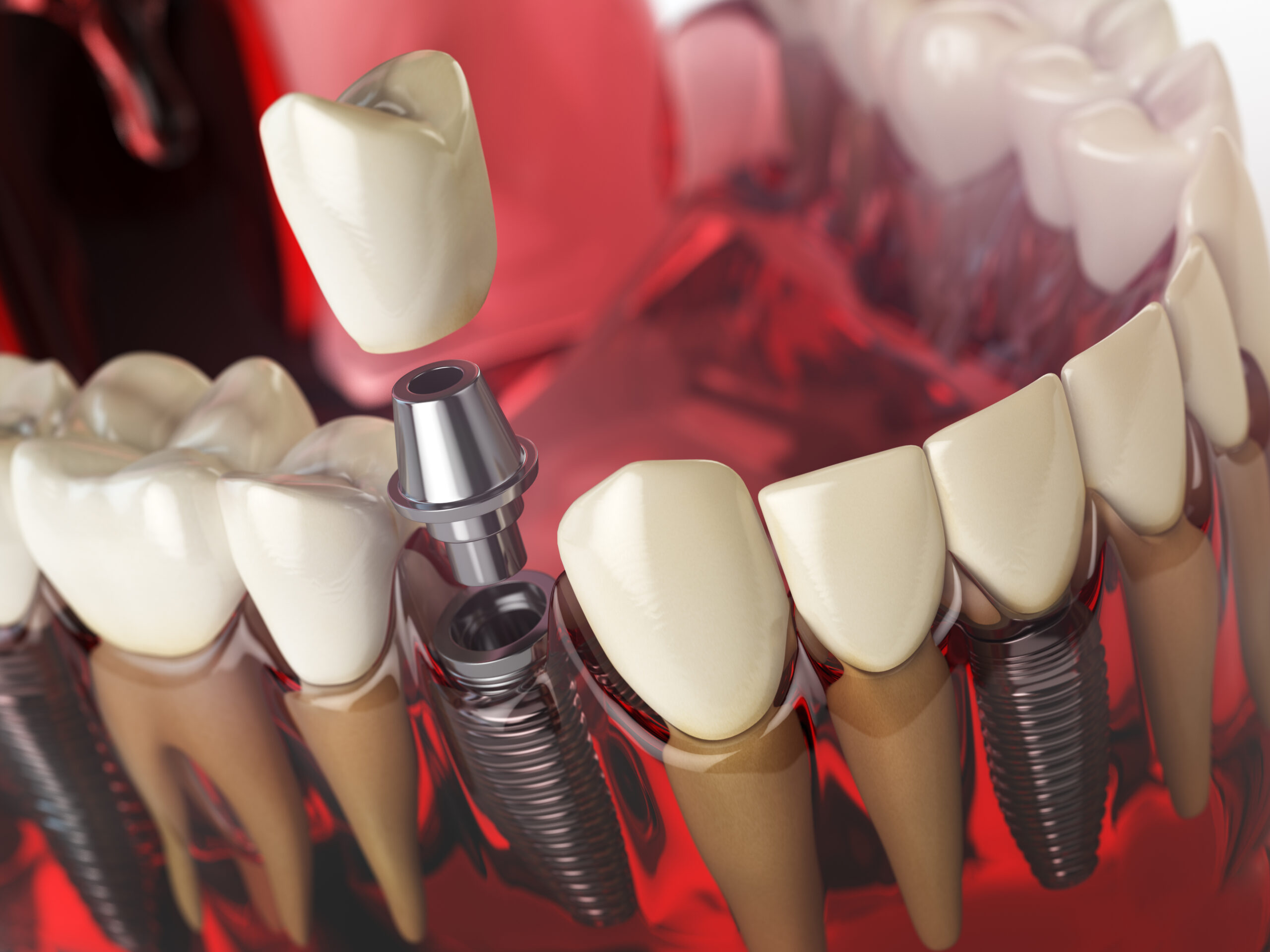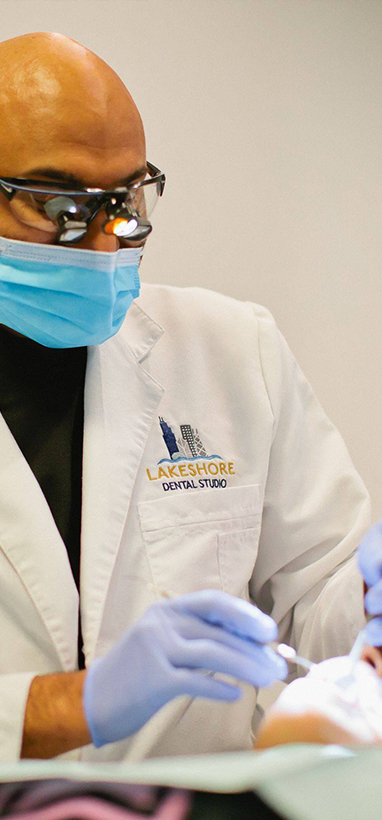5505 N. Clark Street Chicago, IL 60640

What is the Process of a Single Tooth Implant?

Have you ever wondered how a single tooth implant can completely transform your smile? Whether you’re missing a tooth due to injury or decay, dental implants have revolutionized the field of dentistry, providing a permanent and natural-looking solution. If you’re curious about the fascinating process behind this transformative procedure, join us as we delve into the world of single tooth implants. From initial consultations to final restorations, get ready to uncover every step of this remarkable journey towards a confident and radiant smile!
Introduction to Single Tooth Implants
In dentistry, single tooth implants are used to replace missing teeth. It involves surgically placing an artificial tooth root (implant) into the jawbone, which will then fuse with the bone over time. This creates a stable foundation for a replacement tooth or crown to be attached, restoring both function and aesthetics.
Understanding the Need for a Single Tooth Implant
A single tooth implant is a dental procedure that involves replacing a missing tooth with an artificial one. It is considered to be one of the most effective and long-lasting solutions for replacing a missing tooth, as it mimics the appearance and function of a natural tooth.
But why would someone need to get a single tooth implant? There are several reasons why individuals may choose this option, including:
Aesthetics: A missing tooth can lead to a visible gap in your smile, affecting your self-confidence and overall appearance. A single tooth implant can restore your smile, improving your self-esteem.
Oral Health: Gaps left by missing teeth can lead to various oral health issues. Adjacent teeth may shift into the space, causing misalignment and bite problems. Moreover, a missing tooth can affect the integrity of your jawbone, leading to bone loss. A dental implant not only fills the gap but also stimulates the bone, preventing deterioration.
Functionality: A single tooth implant functions like a natural tooth, allowing you to bite, chew, and speak without any discomfort or hindrance. Unlike removable dentures, implants are permanent and stable.
Longevity: Dental implants are a durable and long-lasting solution, often lasting a lifetime with proper care. This makes them a cost-effective choice in the long run.
In summary, a single tooth implant is essential for restoring your smile, maintaining oral health, and ensuring proper functionality. Consult with your dentist to explore this effective and lasting solution for tooth replacement.
The Process of a Single Tooth Implant
A single tooth implant is a precise and multi-step dental procedure that involves the replacement of a missing tooth with an artificial one. Here is an overview of the typical steps involved:
Evaluation and Planning
- Consultation: The process begins with a thorough examination and consultation with your dentist or oral surgeon. They will assess your oral health, bone density, and overall suitability for an implant.
- Treatment Plan: A customized treatment plan is created based on your specific needs and oral condition. This plan includes the type of implant, its placement location, and the treatment timeline.
Tooth Extraction (if necessary)
- If the damaged or decayed tooth that needs replacement is still in place, it may need to be extracted before the implant procedure can commence.
Implant Placement
- Surgery: The dental implant, typically a titanium post, is surgically placed into the jawbone in the empty socket of the missing tooth. This post acts as the new tooth’s root.
- Healing Time: After implant placement, a healing period of several weeks to a few months is required. During this time, the implant fuses with the surrounding bone in a process called osseointegration. This provides a stable foundation for the new tooth.
- Abutment Attachment: Once the implant has fully integrated, a connector piece called an abutment is attached to the implant. This abutment serves as the anchor for the crown, which is the visible part of the replacement tooth.
- Crown Placement: A custom-made artificial tooth (crown) is placed on the abutment. The crown is designed to match your natural teeth in color, shape, and size, ensuring a seamless and aesthetically pleasing result.
- Final Adjustments: Your dentist will make any necessary adjustments to ensure the new tooth fits comfortably and functions properly.
The result is a single tooth implant that looks, feels, and functions like a natural tooth. This process may take several months, but it provides a durable and long-lasting solution for replacing a missing tooth. Regular oral hygiene and dental check-ups are essential for the ongoing maintenance of your implant.










